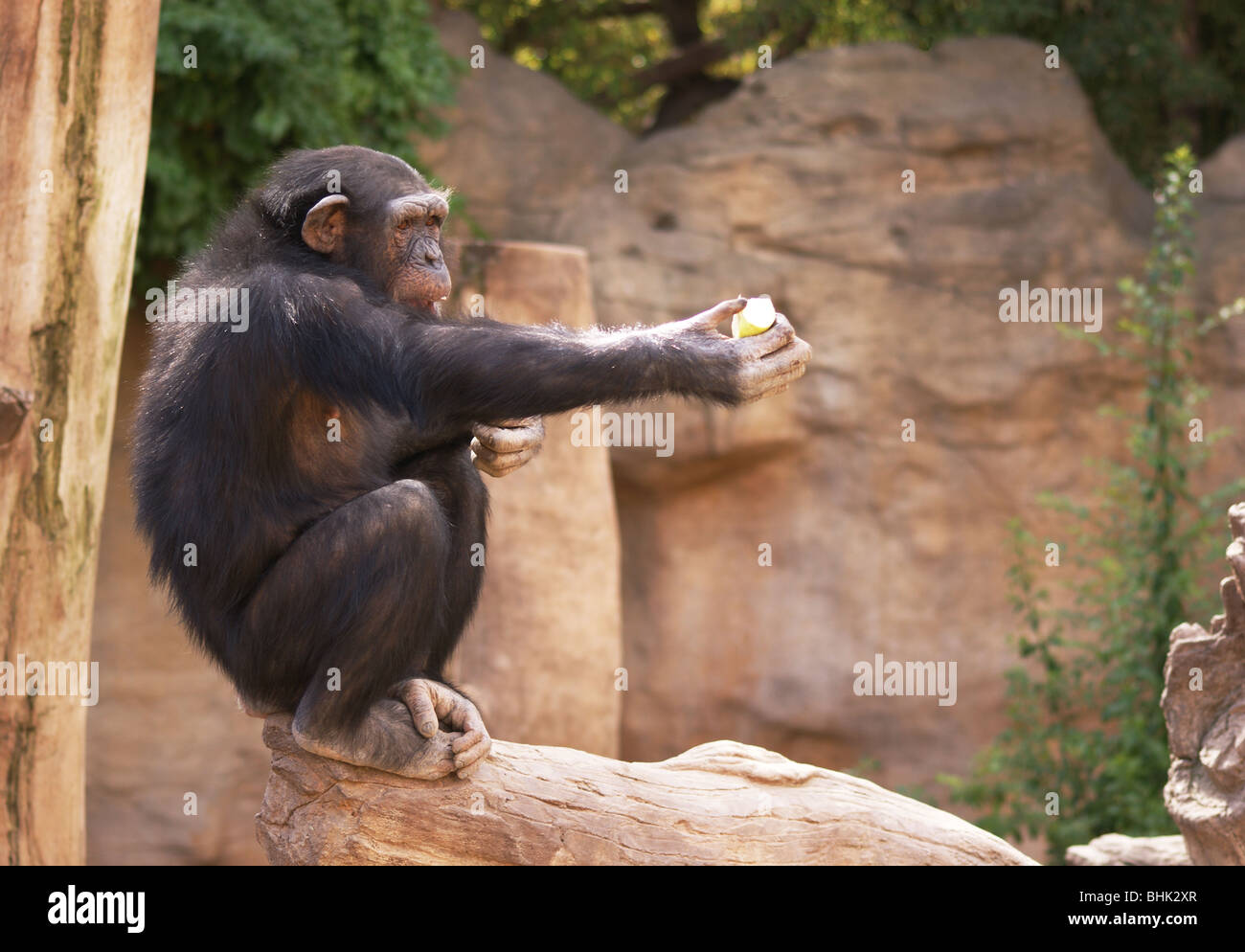

Upon reaching sexual maturity, females migrate to neighboring communities while males stay in their natal group.

Mothers and sons typically have lifelong bonds, as do other individuals within an extended social group. In one instance, a young male named Sniff adopted his baby sister after their mother's death. 9 Jane Goodall, the famous primatologist, noted this on many occasions. If a mother is injured or dies, others will take on the role of caregiver. Infant chimpanzees are reared by their mothers and have close relationships with related females and older siblings, who often share their care. In the wild, female chimpanzees typically give birth only once every five years, usually to one baby. 3Ĭhimpanzees and humans both reach sexual maturity in their early teens. 1,2 They have a fission-fusion social organization in which they break off into smaller interchangeable groups and periodically come together. The hunter-gatherer lifestyle of early human communities is thought to resemble that of chimpanzees. They live in extended family groups of as many as 20-120 individuals. Family Lifeįamily relationships are vital to chimpanzees. Their needs in these areas contrast sharply with the barren and often isolated lives so many lived in U.S. What follows are astounding details of their family life, distinctive culture, and social interaction. These findings extend our knowledge of introduction procedures in captivity as well as provide information on foster mother-infant attachment in chimpanzees.Chimpanzees' complex family and social interactions are essential to them. Moreover, the methods applied employing gradual familiarization with all the group members and the use of an integration enclosure, may have contributed to a successful result. This provides evidence that a final adopter does not necessarily initially show maternal interest and that there can be flexibility in maternal behavior in adult chimpanzee females. The infant's secure base behavior patterns indicate that she adapted well to the new circumstances in the chimpanzee group as the integration progressed. It was, in fact, two other younger female group members that exhibited most infant care.

However, the female initially showed very limited interest in the infant. An adult primiparous female chimpanzee formed a bond resembling a mother-infant relationship with the infant, which continues to be maintained at publication.

The infant was successfully integrated into the group and engaged in positive social interactions with all group members. The infant was introduced into an age/sex-diversified social group of conspecifics at Furuvik Zoo, Gävle, Sweden, and continuous focal data was collected during the final stage of integration, including infant care exhibited by the group members and the infant's secure base behavior. In this study, the introduction and subsequent adoption were examined in an 18-month-old hand-reared chimpanzee (Pan troglodytes). Consequently, behavioral research on integration procedures and on the acceptance of infants by adoptive mothers is much needed. Controlled adoptions of orphans and introductions of individuals into new groups are therefore sometimes necessary in captivity. Rejections of infants among non-human primates occasionally occur in the wild as well as in captive settings.


 0 kommentar(er)
0 kommentar(er)
